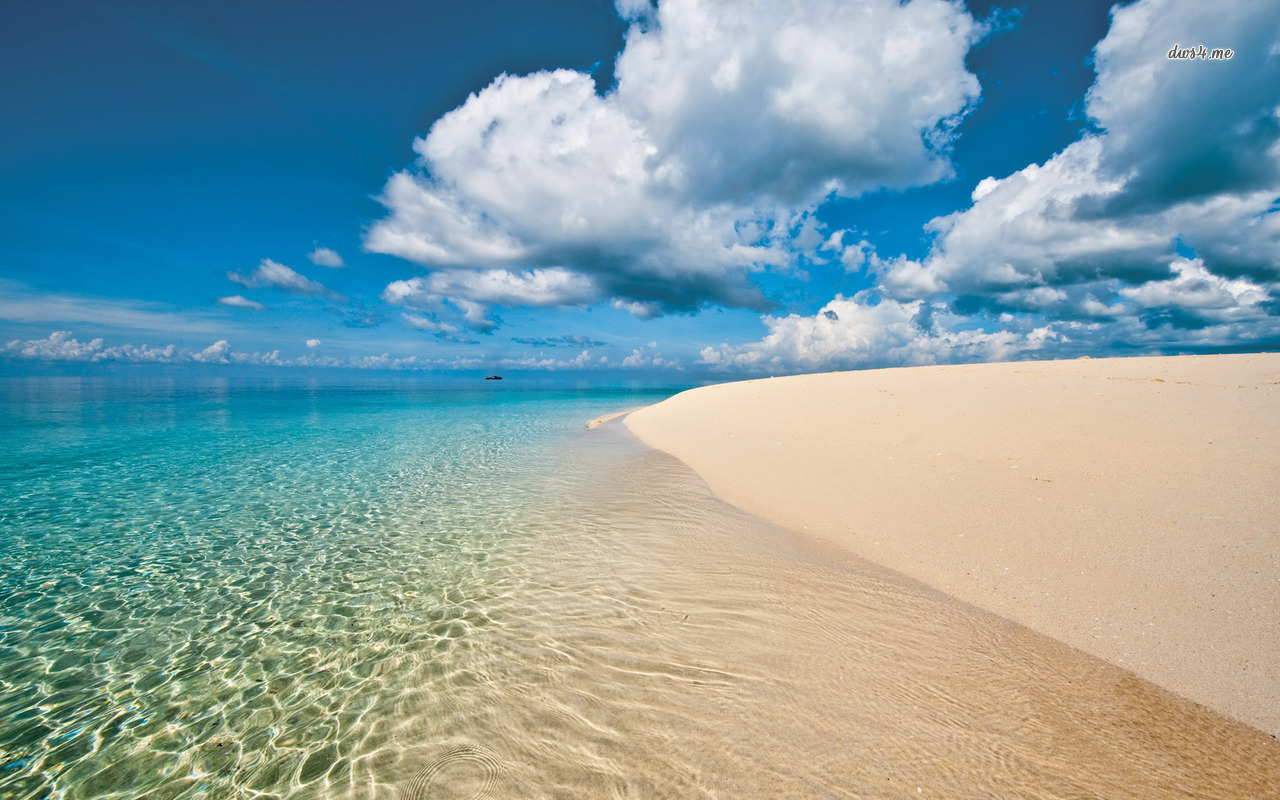
Beaches
If one of your favorite summertime activities is a trip to the nearest beach (or a vacation to the shore), then you’ll want to read this.
In its 24th annual beach report released yesterday, Natural Resources Defense Council(NRDC) designated 35 popular U.S. beaches across 14 states as “superstars.” Beaches were rated on how closely they met water quality safety benchmarks; the superstars met the standards 98 percent of the time during the past five years.
But before perusing the list of 35, think about this: why aren’t all U.S. beaches superstars?
The fact is that 10 percent of the water samples collected in 2013 from nearly 3,500 coastal and Great Lakes beaches contained levels of bacteria that failed to meet the U.S. Environmental Protection Agency (EPA)’s most stringent benchmark for swimmer safety, as outlined in EPA’s newly created “Beach Action Value.”
“Sewage and contaminated runoff in the water should never ruin a family beach trip,” said NRDC senior attorney Jon Devine. “But no matter where you live, urban slobber and other pollution can seriously compromise the water quality at your favorite beach and make your family sick.”
The report card, Testing the Waters: A Guide to Water Quality at Vacation Beaches, confirms that serious water pollution continues to be a problem at many U.S. beaches. Sewage overflows and stormwater runoff persist as the biggest known sources of contamination. According to EPA, up to 3.5 million people get sick annually from contact with raw sewage from sanitary overflows. Exposure to contaminated beach water causes waterborne illnesses in swimmers such as stomach flu; dysentery; hepatitis; respiratory ailments; rashes; pinkeye; ear, nose and throat problems; and neurological disorders.
“This means two things,” said NRDC attorney Noah Garrison. “First, people need to make sure they know what’s in the water at the beaches they visit, and to choose their beach carefully.”
To help choose your beach, here are NRDC’s 35 superstar beaches:
- Alabama: Gulf Shores Public Beach in Baldwin County
- Alabama: Gulf State Park Pavilion in Baldwin County
- Alabama: Dauphin Island Public Beach
- California: Newport Beach in Orange County (1 of 3 monitored sections)
- Newport Beach—38th Street
- Delaware: Dewey Beach-Swedes in Sussex County
- Florida: Bowman’s Beach in Lee County
- Florida: Coquina Beach South in Manatee County
- Florida: Fort Desoto North Beach in Pinellas County
- Georgia: Tybee Island North in Chatham County
- Hawaii: Hapuna Beach St. Rec. Area in Big Island
- Hawaii: Po’ipu Beach Park in Kauai
- Hawaii: Wailea Beach Park in Maui
- Massachusetts: Singing Beach in Essex County
- Maryland: Point Lookout State Park in St Mary’s County
- Maryland: Assateague State Park in Worcester County
- North Carolina: Ocean Pier at Main St. and Sunset Blvd. in Brunswick County
- North Carolina: Beach at Cape Hatteras Lighthouse in Dare County
- North Carolina: Ocean Pier at Salisbury Street in Wrightsville Beach in New Hanover
- North Carolina: Ocean Pier at Ocean Blvd. and Crews Ave. in Topsail Beach in Pender County
- New Hampshire: Hampton Beach State Park in Rockingham County
- New Hampshire: Wallis Sands Beach at Wallis Rd. in Rockingham County
- New Hampshire: Wallis Sands State Park in Rockingham County
- New Jersey: Washington (Margate) in Atlantic County
- New Jersey: 40th St. (Avalon) in Cape May County
- New Jersey: 40th St. (Sea Isle City) in Cape May County
- New Jersey: Stone Harbor at 96th St. in Cape May County
- New Jersey: Upper Township at Webster Rd. in Cape May County
- New Jersey: Wildwood Crest at Orchid in Cape May County
- New Jersey: Broadway (Pt. Pleasant Beach) in Ocean County
- New York: Long Beach City in Nassau County
- Virginia: Virginia Beach at 28th St. in Virginia Beach County
- Virginia: Virginia Beach at 45th St. in Virginia Beach County
- Virginia: Back Bay Beach in Virginia Beach County
- Virginia: Virginia Beach—Little Island Beach North in Virginia Beach County
- Washington: Westhaven State Park, South Jetty in Grays Harbor
The report also includes a list of 17 repeat offenders, with the Great Lakes region having the highest failure rate for water quality samples, and Ohio rating worst among the states where water samples were drawn. Sections of these beaches have persistent contamination issues, and water quality samples failed to meet health standards more than 25 percent of the time over the past five years.
Here are the 17 repeat offenders:
- California: Malibu Pier, 50 yards east of the pier, in Los Angeles County
- Indiana: Jeorse Park Beach in Lake County (both monitored sections):
• Lake Jeorse Park Beach I
• Lake Jeorse Park Beach II
- Massachusetts: Cockle Cove Creek in Barnstable County
- Maine: Goodies Beach in Knox County
- New Jersey: Beachwood Beach in Ocean County
- New York: Main Street Beach in Chautauqua County
- New York: Wright Park—East in Chautauqua County
- New York: Ontario Beach in Monroe County
- Ohio: Lakeshore Park in Ashtabula County
- Ohio: Arcadia Beach in Cuyahoga County
- Ohio: Euclid State Park in Cuyahoga County
- Ohio: Noble Beach in Cuyahoga County
- Ohio: Sims Beach in Cuyahoga County
- Ohio: Villa Angela State Park in Cuyahoga County
- Ohio: Edson Creek in Erie County
- Wisconsin: South Shore Beach in Milwaukee County
The full report card and zip code searchable map are available online, as well as a guide to finding a clean beach.
How to eventually make all U.S. beaches superstars? NRDC offers evergreen solutions such as protecting streams and wetlands and boosting green infrastructure.
NRDC’s infographic illustrates how natural solutions can keep beaches clean:
 WhosGreenOnline.com Your Online Magazine and Directory for Green Business, Product, Service and News!
WhosGreenOnline.com Your Online Magazine and Directory for Green Business, Product, Service and News!



